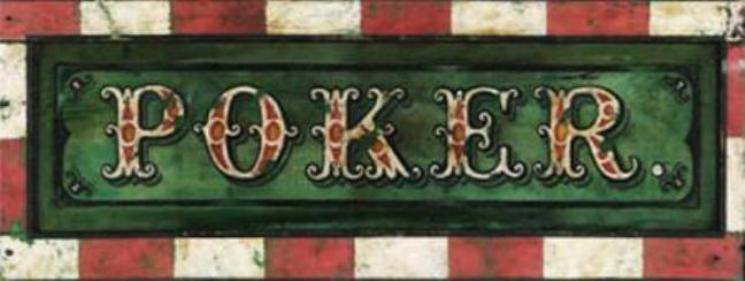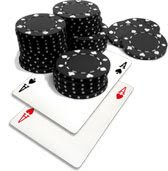If there has been something over the years that I have always enjoyed it's been studying human behaviour. There are not too many places in the world that you can examine unique aspects of human behaviour more than at a poker table. The reason for this is the simple fact that a poker player's situation is constantly changing during the course of a session. During that time, the player has to adapt in order to achieve the greatest benefit from that session. The other thing that is interesting to watch are the different personalities people bring to the table and how those personalities cope with the ever changing environment.
One thing that poker players are constantly trying to use during the course of a game to their advantage at the table, are personal representations. A player may try to act in a particular way in hopes of getting a particular result from other players. A player may say something in hopes of gaining information from others or perhaps to also achieve a particular result. In doing so, a player will be either genuine or disingenuous. Here are some of the ways you can tell if another player is misrepresenting or just "putting it on."
What you have to keep in mind is that when somebody is misrepresenting at a poker table, there is a conflict that goes on in their brain just as if they were telling in other type of lie. There is one part of the brain that wants to see them benefit from the misrepresentation and supports the action, while another part of the brain is confused and fights it. The result comes out in physical manifestations. At a poker table, these manifestations are referred to as tells. This is the moment where the "liar" is actually giving himself away and sometimes you have to be pretty sharp to catch it.
The first thing to know is that by telling a lie, it actually creates an increase in body temperature. The surface of the skin becomes warmer and the individual telling the lie becomes aware of the increase in body temperature and will do something to release heat. A classic example of that is the hand going to the side or back of the neck. This is an area of the body where people become quite aware of temperature changes. The hand motion will be something to watch. For example, a player puts in a bluff bet when it is their turn and upon bringing their hand back towards their body, it goes upward towards their head and neck. Upon reaching their head, the hand may make a swiping motion, or pull briefly on the collar area of the shirt as if to be "letting out some steam."
Sometimes this hand movement is much more subtle in more experienced players. They have learned to control this reaction. Lesser experienced players are more inclined to give it away. Sometimes, by studying your opponent after the raise, you can see them fighting to alleviate the "heat" that they are creating for themselves. In which case, the hand will be inclined to come back towards the body in some way, often followed by the player trying to do something else to mask the inclination to alleviate the pressure.
To gain even more information at this moment about the bluff, you can ask a question of your opponent to see if they will give away a little more. A player who is fighting the urge to let his hand naturally alleviate the pressure, may then become more inclined to forget about their hand and respond verbally while allowing the hand to do what it may. This is often an unconscious reaction and something you have to be watching closely for. In any event, the hand will be searching the body for an opportunity to release some heat.
If you can become astute at catching the hand movements of your opponents, attempting to cool themselves down, you will become that much better at picking up misrepresentation tells at the table. Keep checking back as I will be giving more tips on spotting the lie in your opponents with upcoming articles.
Thursday, October 23, 2008
Subscribe to:
Post Comments (Atom)









No comments:
Post a Comment